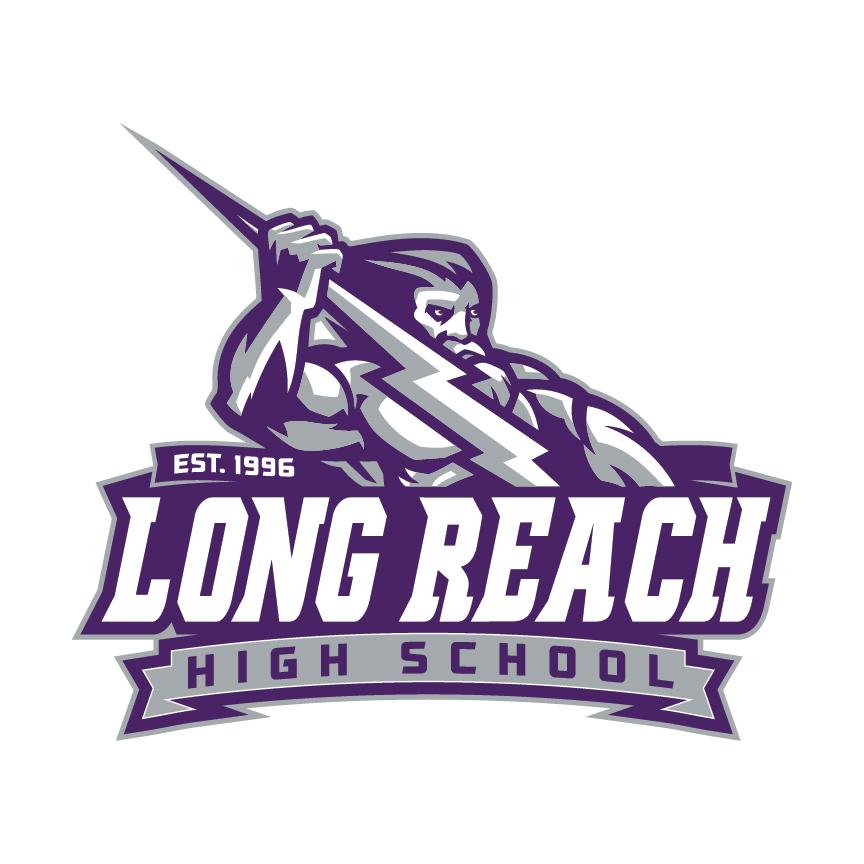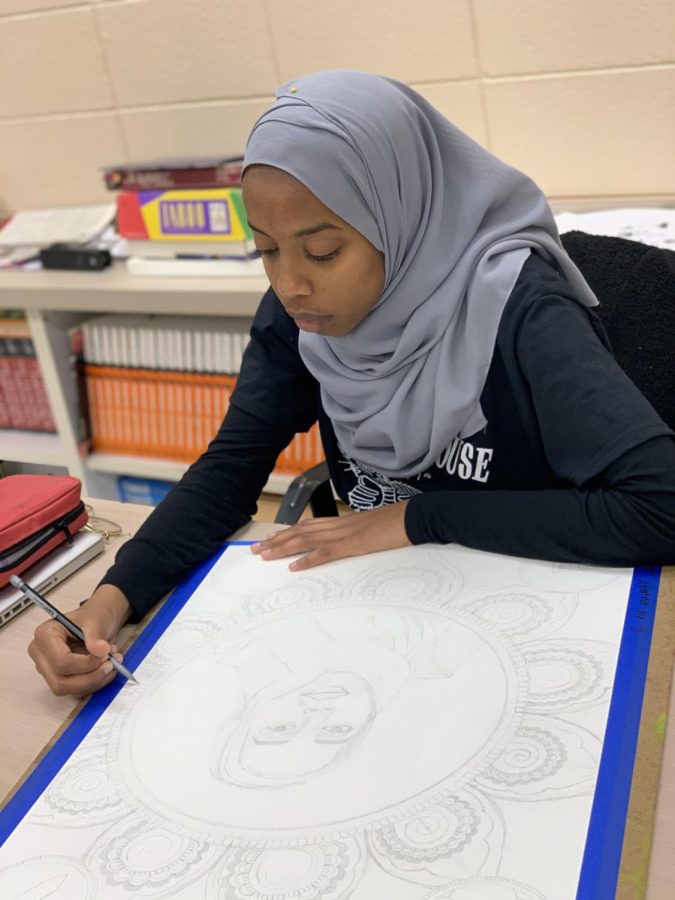Eight Types of “Smart”
The School System’s Inaccurate Gauge of Intelligence
A student who uses words to express himself. A student who values cause and effect relationships. A student who paints pictures in her head. A student who is tuned into the feelings of others. A student who keeps time to any music he hears. A student who treasures the environment. A student who must work with her hands in order to learn. A student who knows himself better than anyone else.
Which one are you?
As detailed by Howard Garner’s theory of multiple intelligences, individuals express intelligence and learn new information in a variety of ways. For example, someone can be any combination of word, number, picture, music, body, people, self, and nature “smart.”
Oftentimes, the school system fails to acknowledge these key differences in students. Many classes tend to focus on only one type of intelligence or only encourage memorization of information.
Lifetime fitness and specialty sports teacher Kristen Dickel states, “Content [in classes] is absorbed through writing, reading, and discussion.”
However, these methods of grading can exclude students who exhibit various forms of intelligence. For example, a student who is self-smart may struggle to succeed in classes which require a fair amount of group projects.
Junior Leslie Deiss, a member of the LRHS marching band, comments, “It doesn’t really matter what you’re learning if your grades don’t match it.”
Sophomore Mia Rubio, who is researching the flawed grading systems of the United States, believes, “Grades can be ineffective in representing knowledge.”
Even though grades are not always an accurate measure of intelligence, Rubio says, “Many students feel pressured to achieve high grades, so a large percentage have admitted to cheating.”
If students are cheating in order to attain a certain grade on a report card, they are not truly learning the content, which poses a problem for education itself.
It is important that teachers are aware of the eight types of intelligence that can be expressed by an individual in order to accurately measure intelligence and growth in students.
Rubio is a musically intelligent student. For her, “being able to listen to music tends to help [her] when [she does] work” since she is easily distracted.
On the other hand, Emily Kubinak, a body smart junior, explains, “I’ve never been able to sit still…when I’m allowed to sit in a way that’s more comfortable for me–like with my knee up–I’m more relaxed, and it helps me focus more.”
As a student who is verbally intelligent, I learn best when I am able to talk through a problem or concept with a peer or teacher.
Students who do not learn and are not tested in their specific style of learning are, according to Dickel, “a whole new crop of kids being invalidated.”
Dickel believes, “Grades are supposed to [represent] the level of your mastery of a skill.”
Ideally, she would accomplish this by modifying assignments based on a student’s method of learning.
In order to foster a more well-rounded learning environment, Deiss argues, “Musical classes and other creative classes should be more available…For instance, instead of just a basic band class, there could be music theory or brass technique classes.”
Deiss also advocates for classes of this nature being weighted the same as AP or honors classes, which would encourage more GPA oriented students to enroll in them.
Dickel believes that the solution to the aforementioned problems is “more class time with smaller classes,” which would allow for more one-on-one interactions between teacher and student.
Rubio’s research reveals that pre- and post-unit self evaluations would be useful in encouraging better learning in students as well.
She states, “This [system] would demonstrate [students’] improvement towards their understanding of the content.”
However, these solutions are difficult to implement since the majority of Howard County schools are either understaffed, at capacity, or exceeding capacity.
Dickel, who is aware of the multiple intelligence theory, comments that she would be able to better personalize lesson plans if she had more class time and fewer students.
Therefore, even teachers who are conscious of the school system’s inaccurate measures of intelligence are unable to amend this issue within their classrooms, which reflects a fundamental weakness of the country’s public school system.
This issue deserves to be addressed by individuals in power in order to ensure that every student is validated and encouraged within their learning environment, which will contribute to an overall higher success rate for schools in the county.
Advice for Teaching and Learning Through Each Intelligence
Verbal/linguistic (“word smart”):
- Provide opportunities to read and write
- Encourage discussion and debates
Logical/mathematical (“number smart”):
- Allow the use of technology
- Categorize and classify information
Visual/spatial (“picture smart”):
- Utilize colors and pictures in lessons
- Employ the use of audio/visual materials
Musical (“music smart”):
- Play music during work time
- Convey information through rhythm and song lyrics
Kinesthetic (“body smart”):
- Allow movement during work time
- Provide hands-on experiences
Interpersonal (“people smart”):
- Encourage cooperation and group work
- Promote the sharing and communication of ideas
Intrapersonal (“self smart”):
- Permit self-paced instruction
- Assign periods of independent work
Naturalistic (“nature smart”):
- Recommend observations and experiments
- Consider having lessons outside


![Photo Courtesy of
A teen faces colorism at school and at home in 'Genesis Begins Again'
[Photograph]. (n.d.). NPR.https://www.npr.org/2019/01/31/690381040/a-teen-faces-colorism-at-school-and-at-home-in-genesis-begins-again
A complex-ion issue: Colorism [Photograph]. (n.d.). The Chronicle. https://hwchronicle.com/55860/features/a-complex-ion-issue-colorism/
The colorism issue [Photograph]. (n.d.). Issuu. https://issuu.com/overachievermagazine/docs/colourism
_issue_om](https://lrhslightningflash.com/wp-content/uploads/2021/06/Colorism-is-alive-475x380.jpg)
![Long Reach Boosters Club. (March 24, 2023 - 11:33pm). [Digital Image]. Long Reach Has Talent Show Spring 2023. Facebook, Retrieved April 17, 2023 from https://www.facebook.com/longreachboosters/posts/pfbid03kN5BKQj5TDefz1rtVZ5fTBBhjwA39UPPd8GctyMgFvY7B4RihH4rY4EqE7xPwikl.](https://lrhslightningflash.com/wp-content/uploads/2023/05/LR-Talent-Show-3-475x316.jpg)

